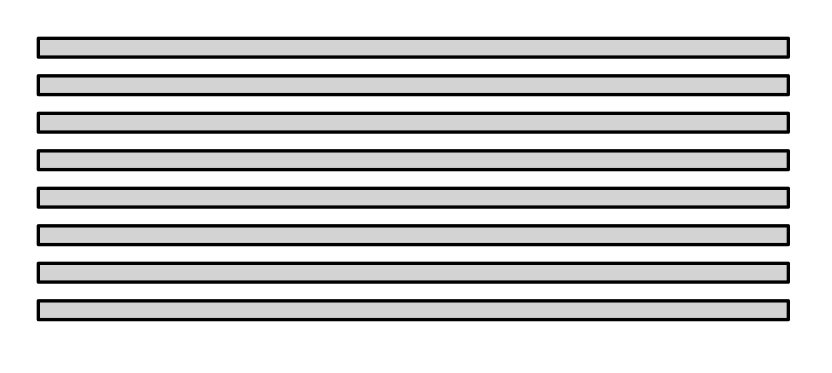When selecting the length of beams for a bridge, the better approach is to choose multiple full-length beams.
Unless there is a compelling reason, one would not choose multiple shorter spans.
An elementary exercise by sketching the bending moment diagrams would verify why the first is superior to the second.
Now suppose that said spans are for a backyard patio. (So far I'm only considering 16-ft long spans of natural wood, but composite/synthetic materials are an option.)
If the span is slightly longer than 16 ft, then one option is to use full-length spans, and splice the remaining part, while of course staggering the cuts. (Here the joists—our beams—are not the subject. We look instead at the structural flooring material.)
Another option is to use 8 ft-long cuts. That would simplify transportation, but let's ignore this convenience factor.
Are there structural (or code) reasons for choosing longer or shorter beam spans (besides the obvious bending moments, and ignoring cosmetics)?





